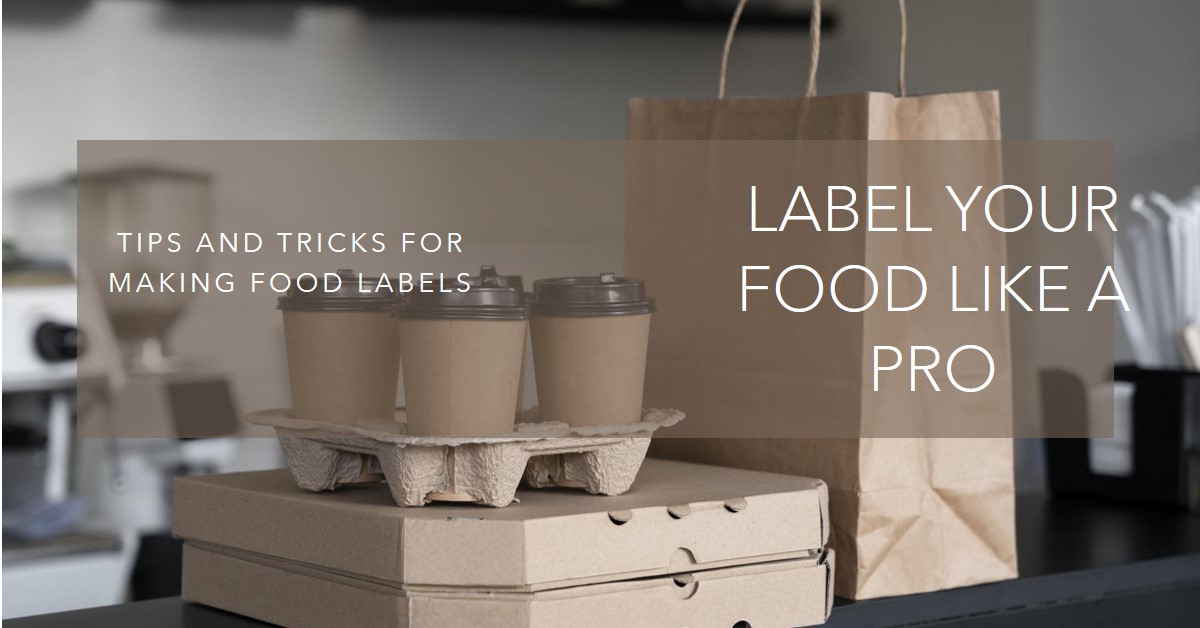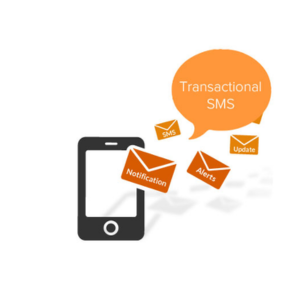Making food labels is an important step when you are looking to own a reputable business in the food industry. These labels are used to convey essential information about the different products, ensuring compliance with local and federal regulations. You can also use the stickers for food labels to make your products more appealing to potential customers. In this blog, we will take a closer look at different label ideas for food products.
Understand Food Labeling Regulations
In the United States of America, the Food and Drug Administration (FDA) is responsible for regulating food labeling. The important elements in labeling are the allergen declaration, nutritional details, ingredient list, net quantity, and product name.
The European Union (EU) consists of regulations similar to those of the FDA, with a prominent emphasis on the country of origin, nutrition labels, and allergens. It is also important to check labeling laws for a specific country when you are operating in a country other than the EU and the USA. Therefore, you need to conduct comprehensive research on local regulations when you are selling your food products globally.
Important Components of Food Labeling
-
Product Name: The name of your product must be easy to read and descriptive.
-
Net Quantity: Classify the food amount in suitable units such as count, volume, or weight.
-
Ingredients List: Make a list of the ingredients in descending order by considering weight. It is important to utilize common names to help customers.
-
Nutritional Information: Share the nutritional details such as protein, carbohydrates, fat, calories, and serving size. It allows customers to make well-informed decisions when buying products.
-
Allergen Details: Highlight the presence of available allergens in the food products in a separate statement, “Contains,” or in the ingredient list.
-
Expiration Date: You can make a food nutrition label to describe the expiration date by labeling “best before” or “used by.”
-
Manufacturer Information: Mention the manufacturer, distributor, or packer’s details, such as name and address.
How To Design Labels For Food Products?
It is necessary to ensure that the label reflects your brand identity. You can use consistent logos, fonts, and colors to create a consistent brand image. It is important to select an easy-to-read font, even at a smaller size. You need to ensure that the written text is diversified with the background for excellent visibility.
The use of high-quality graphics or images must complement the product and engage potential customers. It is not good practice to clutter the label with several elements. You need to organize the details in excellent order, such as product name and net quantity on the front side, whereas other details, such as nutrition facts and ingredients list, are on the backside.
It is important to ensure that your design aligns with the regulatory standards such as essential disclosures, information placement, and font size.
Select the Right Materials
It’s essential to choose the ideal material that meets your storage and packaging requirements. The common label materials are vinyl, plastic, and paper to be used on customized food packaging.
It is a good strategy to use the best adhesive to use a label on the packaging material. You must ensure that the adhesive is appropriate for the room, frozen, and refrigerated environment. It is also important to select the best finishing option, such as UV coating, gloss, or matte.
You can consider durability when selecting the perfect label. For instance, you can use tear-resistant or waterproof labels for product packaging that will be exposed to rough handling, oil, and moisture.
Printing the Labels
Professional and in-house printing are available options to make labels more prominent. An in-house food label printing provides the ultimate flexibility to smaller batches, whereas a professional printing service offers premium results for larger batches. You can also explore a nutritional food label generator to generate various labels to choose the best one for your brand.
When you prefer in-house printing, you can select thermal, laser, or inkjet printers depending on the quantity and label materials. It is necessary to make sure that your chosen printing service or printer offers the accurate reproduction of your branding colors. This approach helps you maintain the consistency of our food products.
Apply the Labels
Manual application is ideal when you are looking to apply the labels for smaller batches. You can use a guide or ruler for the consistent placement of the labels using your hands.
Automatic labeling machines are ideal for the larger production of labels for your products. You can make a significant investment in an automatic labeling machine to speed up the process with seamless precision.
Quality Control
Label inspection has become very important in the food industry. You can analyze the labels for damage, misalignment, or error during the printing process. It will help you to release your products effectively.
You must consider the regulatory review in the quality control process. It is good to double-check all the information available on the labels and ensure compliance with the regulations. Consumer feedback is very helpful when you are using labels to facilitate customers.
You can collect feedback from customers when your products have hit the market. It will help you identify and improve the label content and design.
Staying Updated
It is necessary to keep yourself updated with the latest trends and changes in the food labeling regulations. You can also keep an eye on the latest market trends in the food market to keep your labels appealing and updated with the current market condition.
Final Thoughts
Creating an effective label for your food products is more than just focusing on the regulations. The purpose of labeling is to communicate your brand’s story to ensure transparency and engage potential customers. Careful consideration is important for label creation. It is essential to focus on all steps, ranging from the design to the application, to showcase legal compliance and elevate your brand identity in the competitive market.




